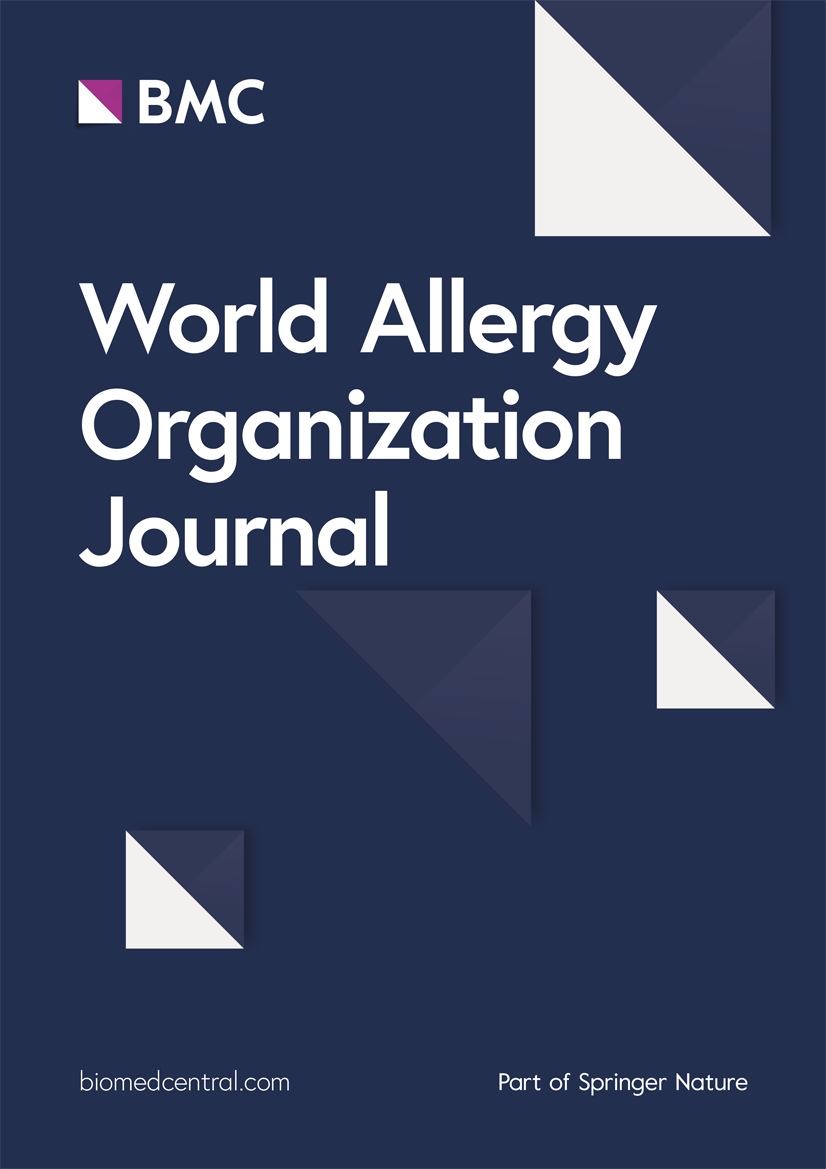Hereditary angioedema diagnosis: Reflecting on the past, envisioning the future
IF 4.3
2区 医学
Q2 ALLERGY
引用次数: 0
Abstract
Individuals with hereditary angioedema (HAE), a rare disease most frequently associated with deficiency (HAE-C1INH-Type1) or dysfunction (HAE-C1INH-Type2) of C1 inhibitor (C1INH), continue to experience frequent misdiagnoses and long delays in diagnosis, preventing appropriate management strategies and placing the patients at continued risk of inappropriate management of painful, debilitating, and potentially fatal swelling attacks. Physician education to increase HAE awareness is important to initiate diagnostic testing for patients who may be at risk of HAE. Standard tests for diagnosing HAE-C1INH-Type1 and HAE-C1INH-Type2 include measurements of antigenic C4 level, antigenic C1INH level, and C1INH function; in contrast, known subtypes of HAE due to normal C1INH can only be confirmed through genetic testing. Current diagnostic tests have certain limitations related to sample handling, storage, and transportation; concerns about the sensitivity and specificity of current assays have also been reported. Furthermore, the accessibility of diagnostic testing for HAE is not universal. Therefore, there is a persistent need for robust and accessible diagnostic tools for HAE. In this review, we provide an overview of currently available assays for HAE diagnosis and summarize some of the novel diagnostic tools that may aid in overcoming diagnostic challenges in HAE and supporting the care of patients with HAE.
遗传性血管性水肿诊断:回顾过去,展望未来
遗传性血管性水肿(HAE)是一种罕见的疾病,最常与C1抑制剂(C1INH)缺乏(HAE-C1INH- type1)或功能障碍(HAE-C1INH- type2)相关,持续经历频繁的误诊和长时间的诊断延误,妨碍了适当的管理策略,并使患者持续面临管理不当的风险,如疼痛、衰弱和潜在致命的肿胀发作。对医生进行教育以提高对HAE的认识对于启动可能存在HAE风险的患者的诊断检测非常重要。诊断hae -C1INH- 1型和hae -C1INH- 2型的标准测试包括抗原C4水平、抗原C1INH水平和C1INH功能的测量;相比之下,已知的由正常的C1INH引起的HAE亚型只能通过基因检测来确认。目前的诊断测试在样品处理、储存和运输方面存在一定的局限性;对当前检测方法的敏感性和特异性的担忧也有报道。此外,HAE诊断检测的可及性并不是普遍的。因此,对HAE的可靠和可获得的诊断工具的需求持续存在。在这篇综述中,我们概述了目前可用的HAE诊断方法,并总结了一些新的诊断工具,这些工具可能有助于克服HAE的诊断挑战,并支持HAE患者的护理。
本文章由计算机程序翻译,如有差异,请以英文原文为准。
求助全文
约1分钟内获得全文
求助全文
来源期刊

World Allergy Organization Journal
Immunology and Microbiology-Immunology
CiteScore
9.10
自引率
5.90%
发文量
91
审稿时长
9 weeks
期刊介绍:
The official pubication of the World Allergy Organization, the World Allergy Organization Journal (WAOjournal) publishes original mechanistic, translational, and clinical research on the topics of allergy, asthma, anaphylaxis, and clincial immunology, as well as reviews, guidelines, and position papers that contribute to the improvement of patient care. WAOjournal publishes research on the growth of allergy prevalence within the scope of single countries, country comparisons, and practical global issues and regulations, or threats to the allergy specialty. The Journal invites the submissions of all authors interested in publishing on current global problems in allergy, asthma, anaphylaxis, and immunology. Of particular interest are the immunological consequences of climate change and the subsequent systematic transformations in food habits and their consequences for the allergy/immunology discipline.
 求助内容:
求助内容: 应助结果提醒方式:
应助结果提醒方式:


